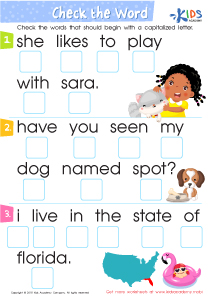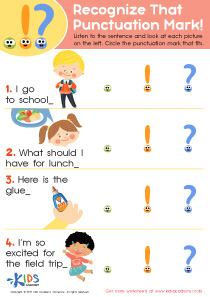Handwriting practice Normal Writing Worksheets for 3-Year-Olds
7 filtered results
-
From - To
Introducing our "Handwriting Practice Normal Writing Worksheets for 3-Year-Olds" - designed to turn early writing practice into an exciting adventure! These educational worksheets offer fun, engaging exercises tailored specifically for young learners. Each page develops fine motor skills, hand-eye coordination, and letter recognition with creative tracing activities. Perfect for preschoolers, these printables encourage confident and neat handwriting through playful prompts and delightful illustrations. Ideal for parents and educators, our resources make learning enjoyable and effective, making a terrific foundation for your child's writing journey. Help your little ones craft their first letters with joy and ease!
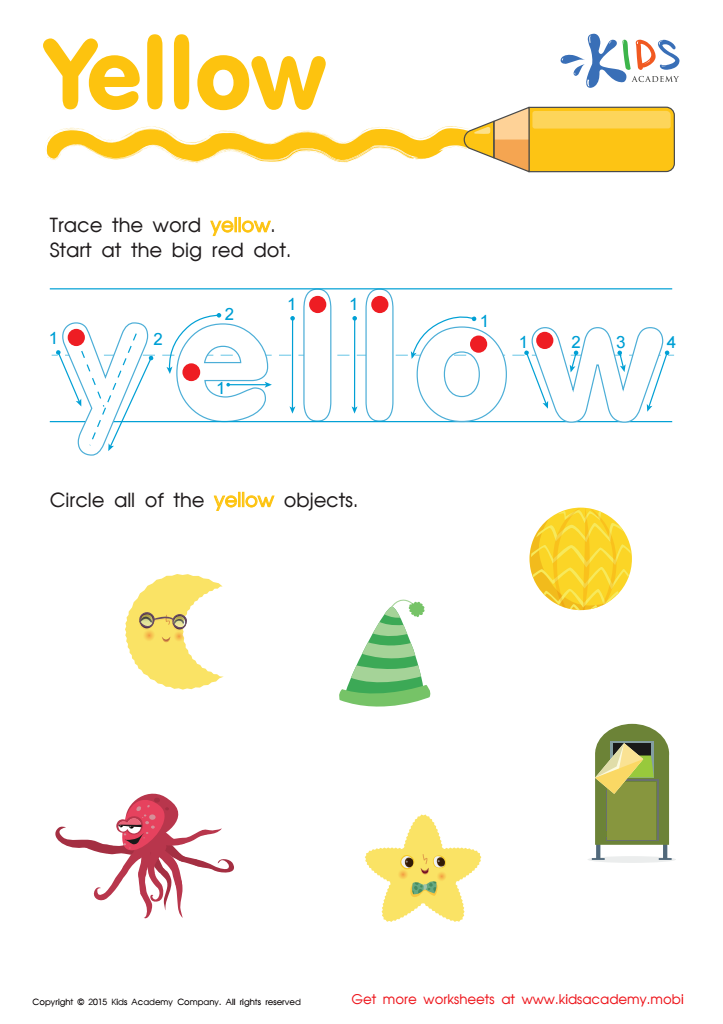

Yellow Tracing Color Words Worksheet


Pink Tracing Color Words Worksheet
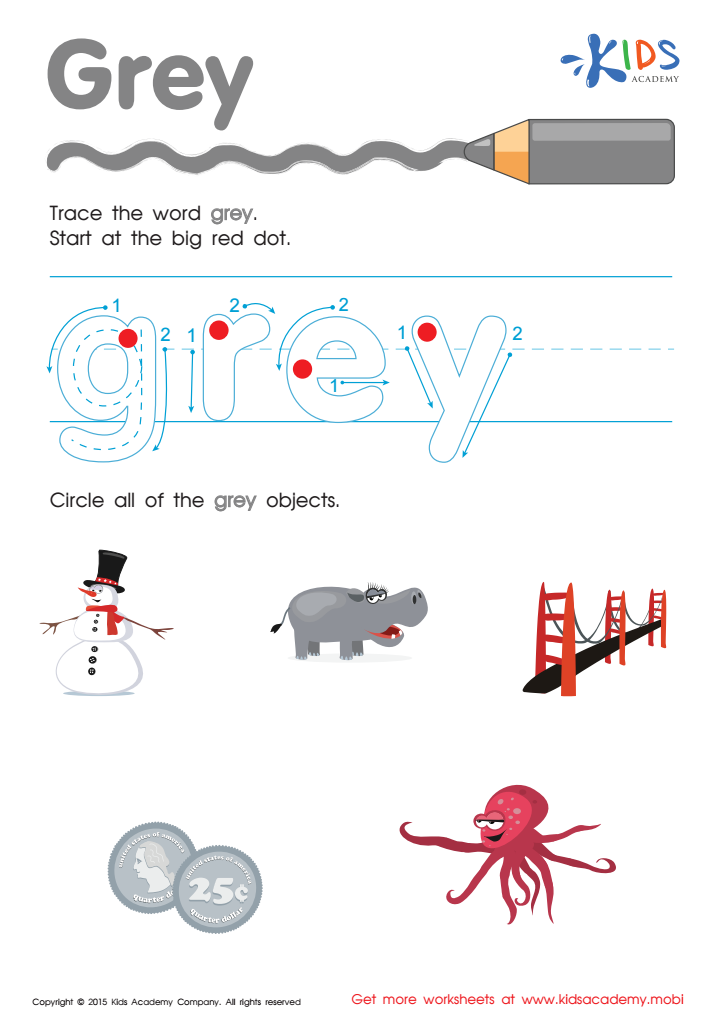

Grey Tracing Color Words Worksheet
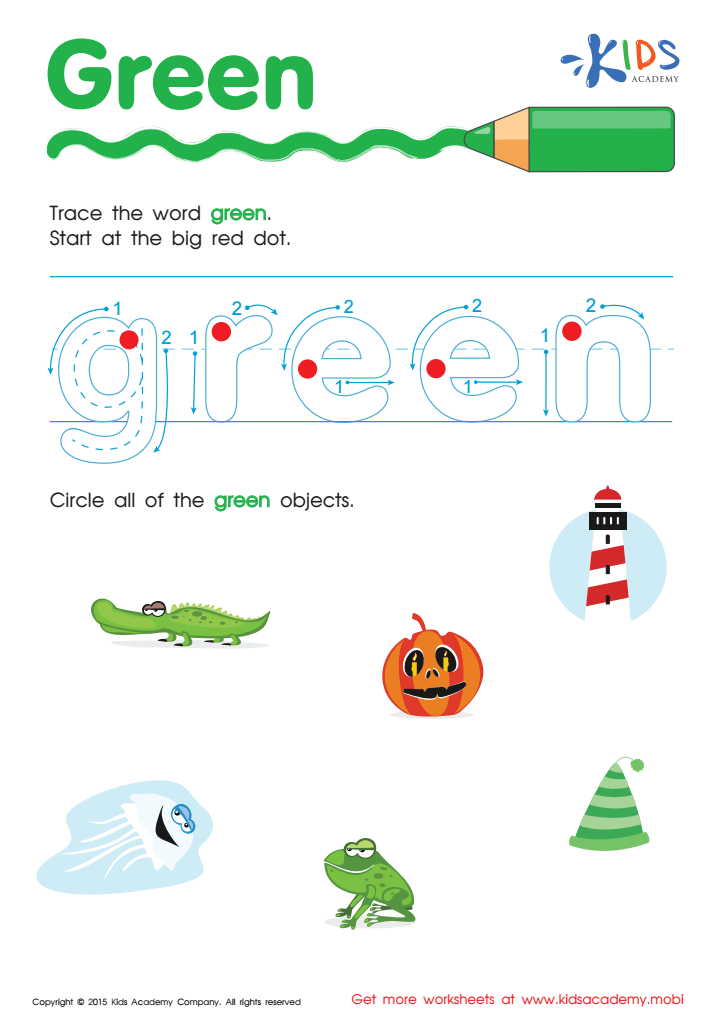

Green Tracing Color Words Worksheet
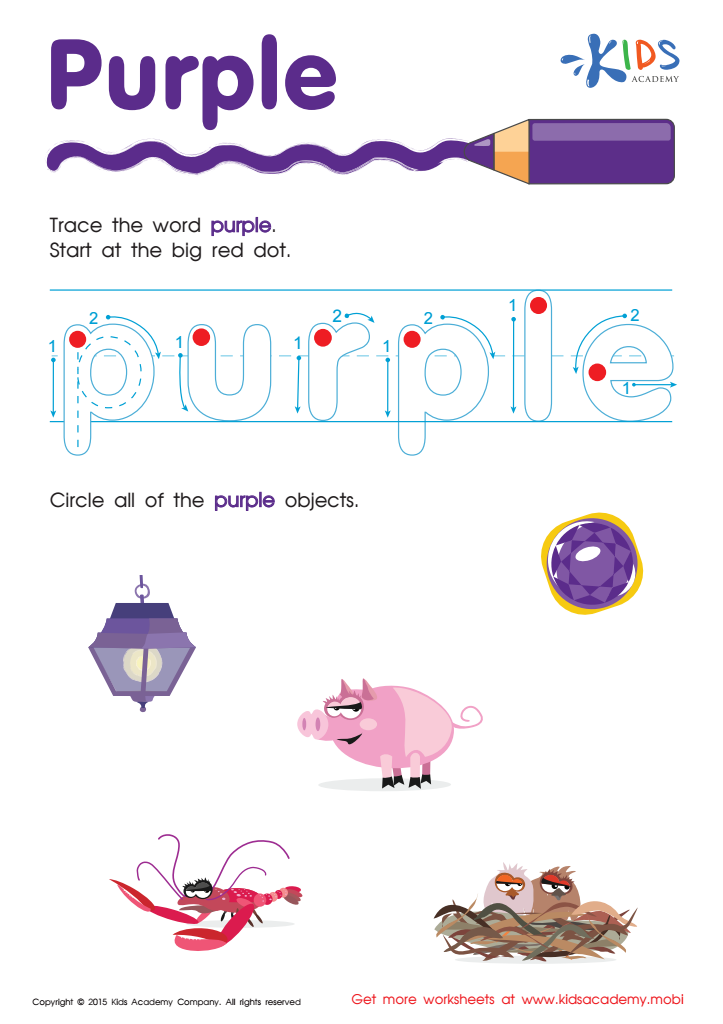

Purple Tracing Color Words Worksheet
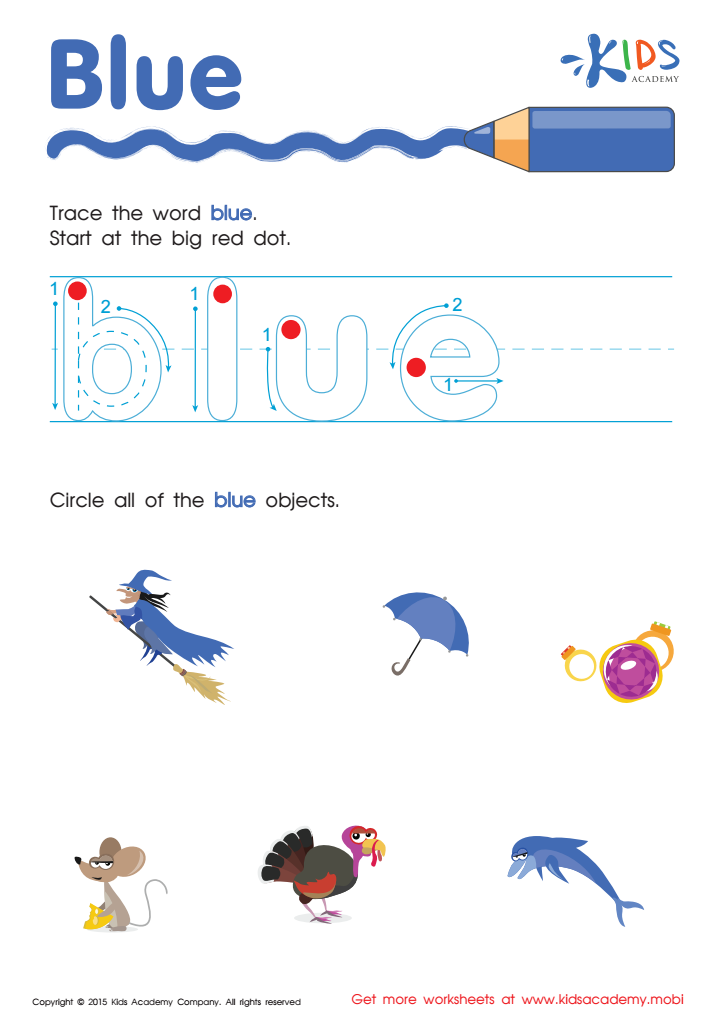

Blue Tracing Color Words Printable
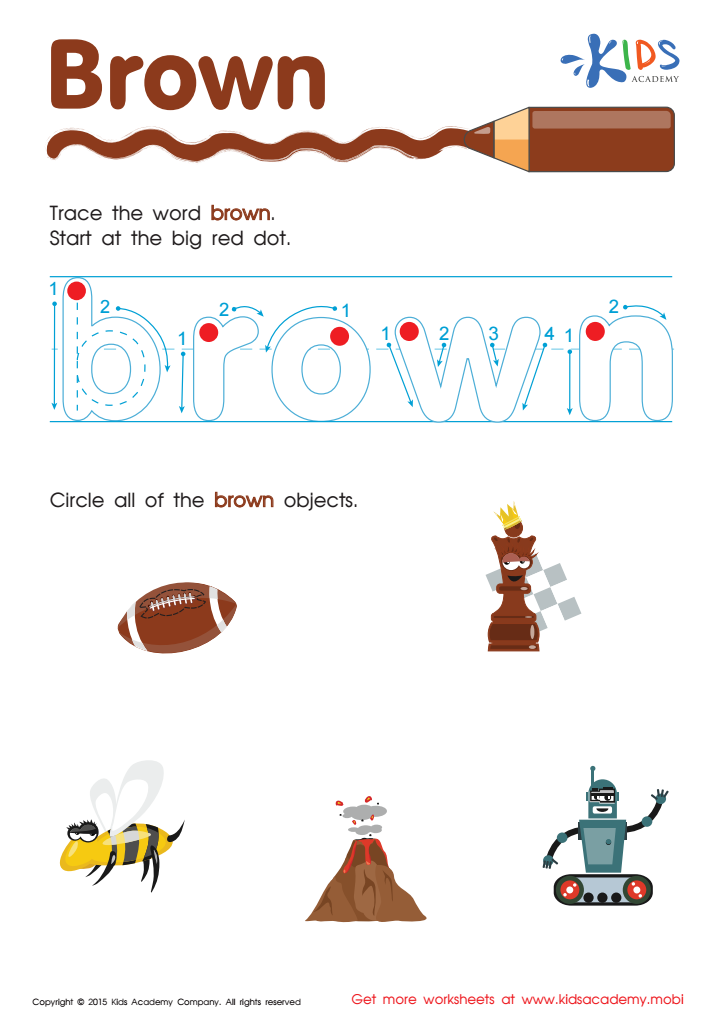

Brown Tracing Color Words Worksheet
Fostering handwriting practice in 3-year-olds is essential as it lays the groundwork for various critical developmental benefits. Firstly, it helps in improving fine motor skills. By holding a pencil and practicing writing, children enhance their hand-eye coordination, finger dexterity, and muscle control, all of which are crucial for other everyday tasks like buttoning clothes or tying shoes.
Secondly, handwriting practice helps in cognitive development. It engages brain areas responsible for thinking, language, and working memory, thereby improving focus, comprehension, and learning abilities. As children learn to form letters and shapes, they sharpen their problem-solving skills and gain a sense of achievement that boosts their confidence.
Thirdly, it aids in literacy development. Children begin to recognize the connection between spoken sounds and written symbols, forming a foundational skill for reading and communication. This practice familiarizes them with the structure and flow of writing, making it easier for them to transition into more complex literacy tasks as they grow.
Moreover, practicing handwriting nurtures creativity and self-expression. Artistic activities like drawing and letter formation encourage kids to express their thoughts and imaginations, promoting an emotional outlet and enhancing their overall mental well-being.
Overall, consistent handwriting practice in 3-year-olds paves the way for robust physical, cognitive, and emotional development, setting them up for future academic and life success.
 Assign to My Students
Assign to My Students









